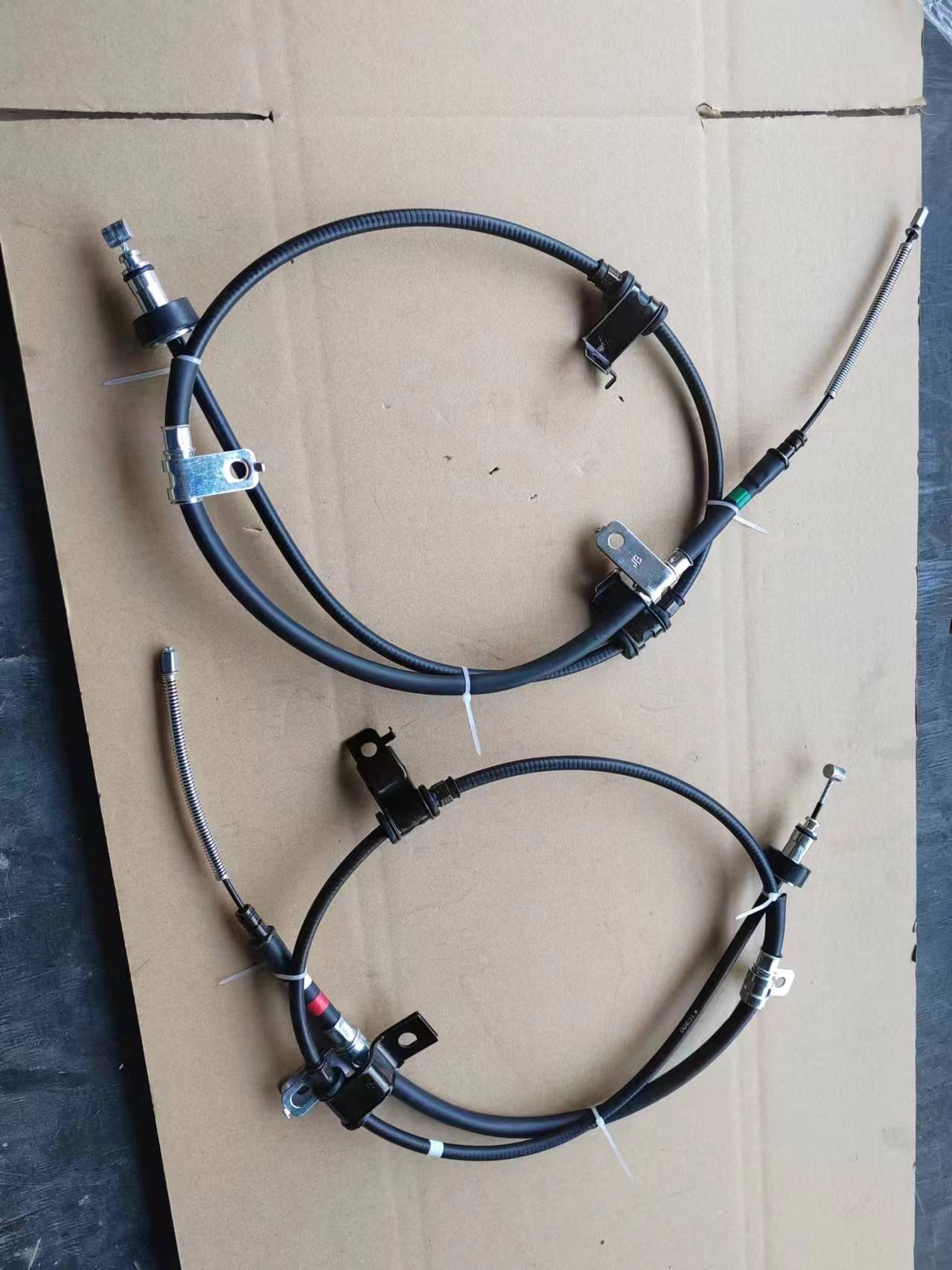Rear Handbrake Cable - Importance, Installation, and Maintenance
Understanding the Rear Handbrake Cable Importance and Maintenance
The rear handbrake cable, often referred to simply as the handbrake cable, is an essential component of a vehicle's braking system. This cable connects the handbrake lever, usually located in the driver's compartment, to the rear brake assembly. Its primary function is to engage or disengage the rear brakes when the handbrake is pulled, ensuring the vehicle remains stationary when parked. Understanding how this component works and maintaining it properly can have a significant impact on both safety and vehicle performance.
Function and Importance
When a driver pulls the handbrake lever, the rear handbrake cable transmits this action to the brake shoes or calipers at the rear wheels. This engagement activates the rear brakes, preventing the vehicle from rolling away, particularly on inclines. The rear handbrake is particularly crucial in situations where the vehicle is parked, ensuring it stays securely in place. In some vehicles, the rear handbrake also plays a role in the overall braking system, providing an additional layer of safety.
A properly functioning rear handbrake cable contributes to the effectiveness of the handbrake system. If the cable is worn, frayed, or damaged, it may not engage the rear brakes effectively, increasing the risk of the vehicle rolling. This is particularly important to consider in hilly areas where proper parking is essential. Therefore, regular checks and maintenance of the handbrake cable are vital for vehicle safety.
Maintenance Tips
rear handbrake cable

To ensure the longevity and effectiveness of the rear handbrake cable, consider the following maintenance tips
1. Regular Inspections Periodically check the cable for any signs of wear, fraying, or corrosion. Look for any rust or damage that might indicate the cable is nearing the end of its lifespan.
2. Lubrication Keeping the cable well-lubricated is essential for smooth operation. Use appropriate lubricants designed for automotive cables to prevent rust and ensure flexibility.
3. Adjustment Depending on the vehicle, the handbrake cable may require adjustments to maintain proper tension. Consult the owner’s manual or a professional mechanic for guidance on how to adjust the cable correctly.
4. Replacement If the cable appears to be damaged or no longer functions as it should, it’s crucial to replace it promptly. Driving with a faulty handbrake can be dangerous, jeopardizing both the driver and others on the road.
In conclusion, the rear handbrake cable is a vital component of a vehicle's braking system that should not be overlooked. Regular maintenance, inspections, and timely replacements can help ensure not only the vehicle's safety but also the driver's peace of mind. Staying proactive about this small yet significant aspect of vehicle maintenance will lead to safer driving experiences for everyone.
-
Upgrade Your Vehicle with High-Quality Handbrake CablesNewsNov.01,2024
-
Optimize Your Bike's Performance with Quality CablesNewsNov.01,2024
-
Enhance Your Vehicle's Performance with Quality Clutch ComponentsNewsNov.01,2024
-
Elevate Your Vehicle's Performance with Quality Throttle CablesNewsNov.01,2024
-
Elevate Your Vehicle's Performance with Quality CablesNewsNov.01,2024
-
Affordable Solutions for Your Cable NeedsNewsNov.01,2024
